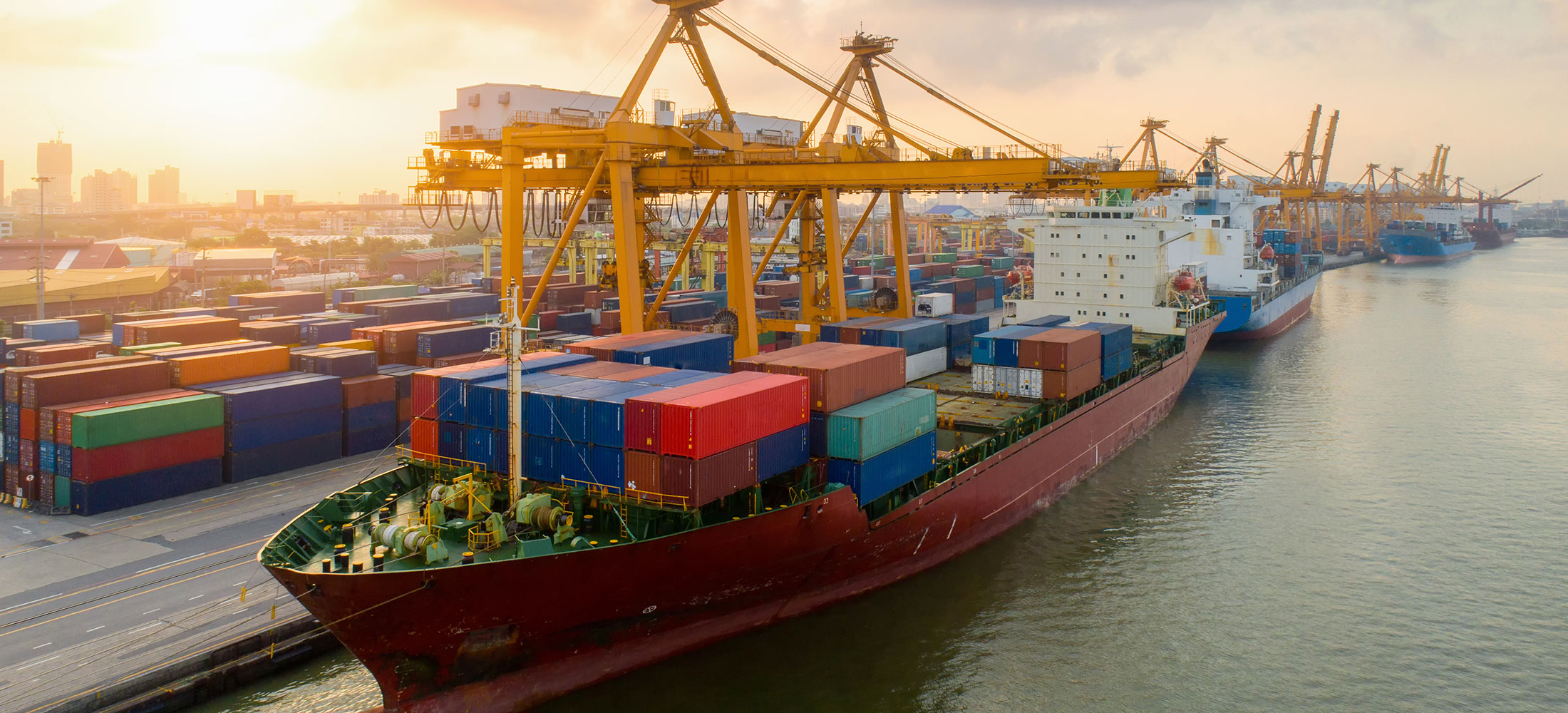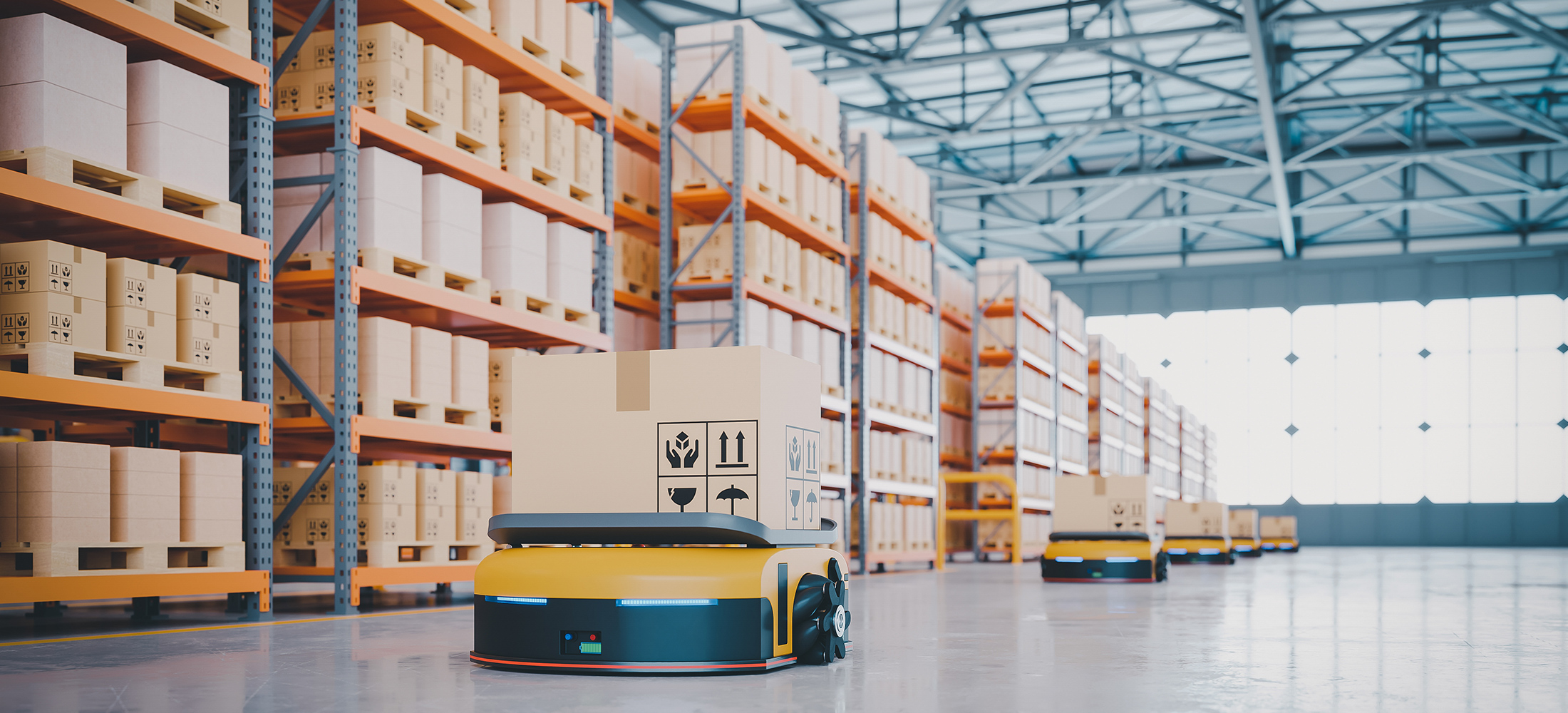Port congestion is a significant challenge for shippers, leading to delays, increased costs, and disrupted supply chains. Effective strategies are needed to mitigate the impact of congestion and ensure smooth operations. Here are several strategies that shippers can adopt to overcome port congestion.
Utilise historical data and predictive analytics to forecast demand accurately and plan shipments accordingly. Work closely with suppliers and customers to align demand forecasts and shipping schedules.
Early Booking:
Book cargo space well in advance to secure slots during peak times. Be flexible with booking dates to avoid peak congestion periods.
Use secondary or less congested ports as alternatives to major, congested ports. Consider using inland ports connected by rail or road to distribute the load more evenly.
Use multiple ports of entry to distribute shipments and reduce reliance on a single congested port. Establish regional distribution hubs to handle shipments closer to the final destination.
Utilise intermodal transport options such as rail and road to move goods to and from ports efficiently. Consider using barge transport for moving containers along waterways to reduce congestion at major ports.
Implement dynamic routing systems that can adjust routes based on real-time traffic and port conditions.
Identify and use alternative routes to bypass congested areas.
Support the adoption of automated terminals that use robotics and advanced technologies to speed up cargo handling. Use digital platforms for booking, tracking, and managing shipments to streamline processes and reduce delays.
Encourage ports to operate 24/7 to spread the workload and reduce peak-time congestion. Utilise night shifts and off-peak hours for loading and unloading to alleviate daytime congestion.
Use IoT devices to track shipments in real-time, providing visibility into the location and status of cargo.
Implement digital twin technology to create virtual replicas of supply chains for better monitoring and decision-making.
Use collaborative platforms to share information with all stakeholders, including suppliers, carriers, and port authorities. Integrate supply chain management systems to ensure seamless data flow and coordination.
Form alliances with other shippers and carriers to share resources and optimise container usage. Consolidate shipments with partners to maximise container space and reduce the number of trips.
Collaborate with port authorities on planning and scheduling to ensure smooth operations. Advocate for and participate in joint investments in port infrastructure and technology.
Conduct regular risk assessments to identify potential bottlenecks and vulnerabilities in the supply chain.
Develop and implement strategies to mitigate identified risks, such as diversifying suppliers or stockpiling critical inventory.
Create contingency plans for dealing with unexpected delays or disruptions at ports. Build flexibility into supply chain operations to quickly adapt to changing conditions.
Adopt eco-friendly logistics practices to reduce environmental impact and improve efficiency. Use sustainable modes of transportation, such as electric trucks or biofuel-powered ships.
Invest in energy-efficient equipment and technologies to reduce operating costs and environmental footprint.
Optimise the use of resources, such as fuel and labor, to enhance overall efficiency.
Overcoming port congestion requires a multifaceted approach that includes advance planning, diversification of port usage, optimisation of transportation routes, enhancement of port operations, and improvement of supply chain visibility. By leveraging technology, forming strategic partnerships, and implementing risk management and sustainability initiatives, shippers can mitigate the impact of congestion and maintain efficient, reliable supply chains. Proactive measures and continuous improvement are essential to navigating the complexities of modern maritime logistics and ensuring smooth, uninterrupted cargo flows.
If you would like to discuss this further please contact us to arrange a consultation with one of our experts.









